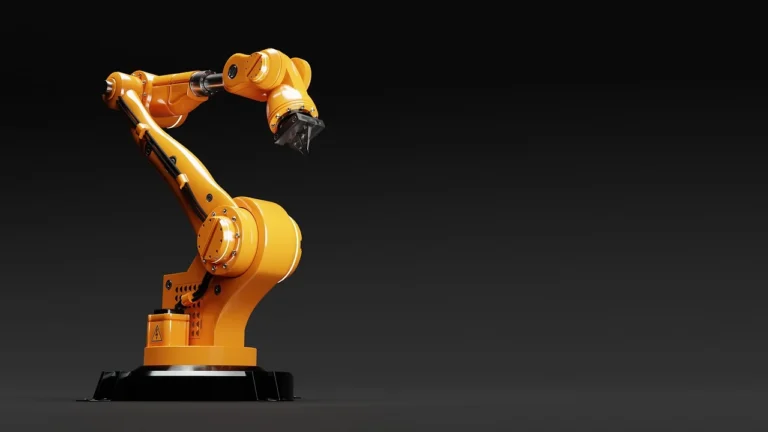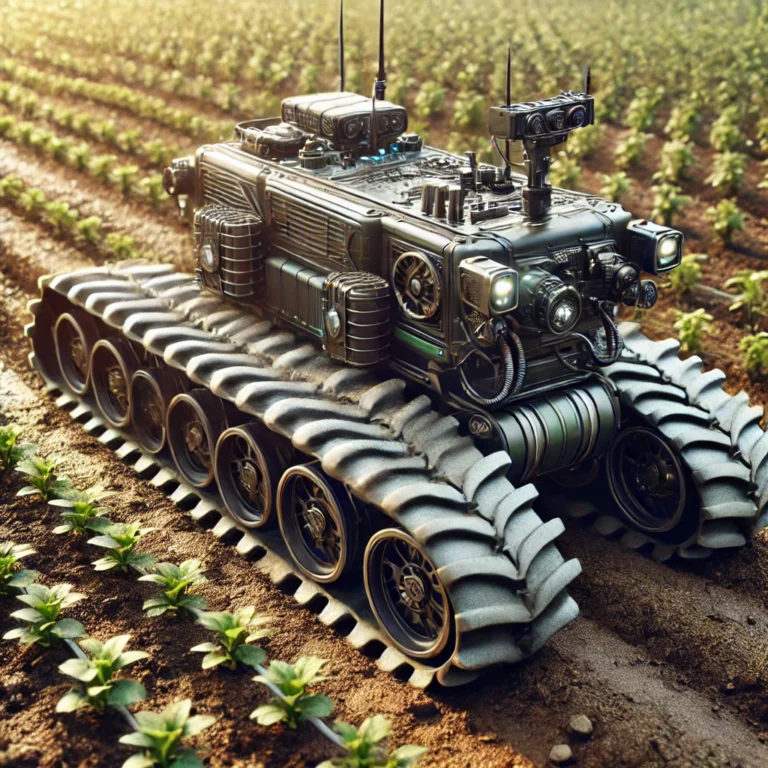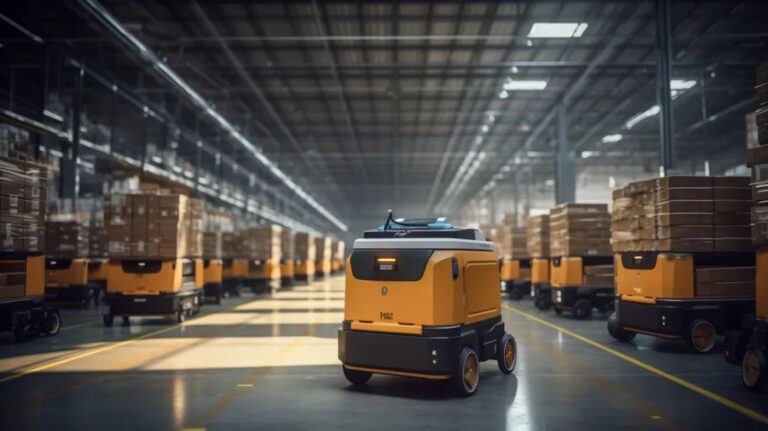We help the world since 2012

What is a Robotics Power Supply? Everything You Need to Know
In robotics, a power supply is crucial for ensuring that all components function properly. A power supply in robotics converts electrical energy from a source, like a battery or mains supply, into the appropriate voltage and current needed by the robot’s systems. Understanding how a power supply works is essential for optimizing robot performance.
Types of Power Supplies
Several types of power supplies are used in robotics. For instance, battery-powered supplies offer portability. In particular, lithium-ion batteries are popular due to their high energy density and long life. Consequently, they are ideal for mobile robots.
On the other hand, external power supplies connect to mains electricity. They provide a continuous power flow and suit stationary robots or those in environments with stable power sources.
Additionally, power adapters and converters change electrical energy from one form to another. For example, a power adapter can convert mains electricity into a lower voltage suitable for the robot’s components.
Key Characteristics
When selecting a power supply, consider several factors. Firstly, ensure the voltage and current specifications match the robot’s needs. Providing the correct voltage and current is crucial to avoid damage or malfunction.
Secondly, look for high efficiency. An efficient power supply minimizes energy loss. As a result, more of the input energy converts into usable power, reducing waste and extending operational time.
Moreover, reliability and stability are essential. A reliable power supply maintains consistent performance, ensuring that voltage and current levels remain stable. This stability is crucial for the robot’s performance.
Finally, consider the size and form factor. The power supply’s dimensions should fit the robot’s design. For example, compact robots benefit from small, lightweight power supplies.
Applications in Robotics
Different robots use power supplies in various ways. In industrial settings, robots require high-power, stable supplies for precise manufacturing tasks.
In medical robotics, reliability and safety are paramount. Thus, power supplies must meet stringent standards.
For consumer robots, such as home cleaning devices, battery power often offers convenience and mobility.
Future Trends
Power supply technology is advancing. Looking ahead, new power supplies will feature advanced management capabilities. These innovations can optimize energy use and improve system efficiency.
Moreover, new battery technologies, like solid-state batteries, promise higher energy densities and longer lifespans.
Furthermore, wireless power transfer technology could provide new methods for powering robots without physical connections.
Conclusion
A power supply is fundamental to robotics. In summary, it ensures that robots receive the correct amount of power to operate effectively. By understanding the types, characteristics, and applications of power supplies, you can select the best solution for your robotic systems




